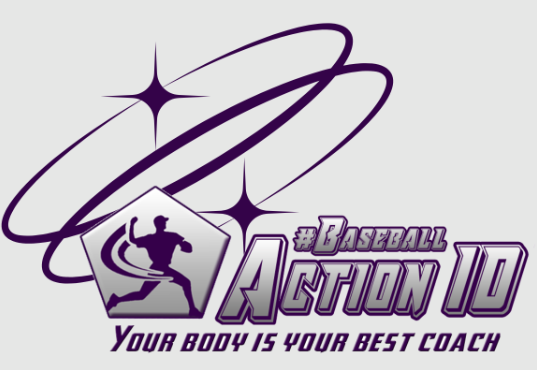Ultimate Guide: Fixing an Unstable Back Foot in Pitching for Maximum Power
Lately, everyone has been talking about pitchers’ unstable back feet (as you can see in the clip!). The common explanation is energy leaks, which is correct.
But the real question is: Why does this happen, and what’s the right solution?
The answer lies in Natural Motor Preferences – an often-overlooked key to efficient pitching mechanics.
The Hidden Flaw in Traditional Pitching Coaching
Most pitchers are taught to position their back foot parallel to the rubber. But here’s the problem: The human body isn’t built that way!
In the clip, the pitcher appears to be an Anterior Muscle Chain (AM) dominant athlete. This means:
✅ His foot and upper leg rotate in parallel
✅ His lower leg rotates in the opposite direction – a movement known as the Corkscrew effect
When an AM Chain pitcher is forced to keep his back foot parallel to the rubber, his body has to compensate to activate the Corkscrew. Since the foot is anchored in the ground and cannot slide, the result is an unstable-looking back foot – a movement pattern that increases the risk of knee injuries.
The Root Cause of the Problem
This issue doesn’t happen because of poor balance or lack of strength. It happens because most coaches don’t account for an athlete’s individual motor preferences. Instead, they impose a one-size-fits-all approach, creating inefficiencies and potential injuries.
The Correct Solution for AM Chain Pitchers
To unlock efficient, healthy, and energy-saving lower body movement, AM Chain pitchers should not keep their back foot parallel. Instead, they should:
✔️ Angle their back foot slightly, with the toes pointing toward the rubber
This adjustment allows the body to work naturally, eliminating instability and reducing injury risks.
Important Note: This does NOT apply to Posterior Muscle Chain (PM) Athletes!
Their mechanics require a different approach.
Final Thoughts
If you’re a coach, player, or parent, understanding motor preferences is the key to unlocking peak pitching performance while preventing injuries. Instead of forcing every pitcher into the same mould, let their body dictate the best movement patterns.
Want to learn more about optimizing pitching mechanics through motor preferences? Follow for more insights on high-performance baseball training!
